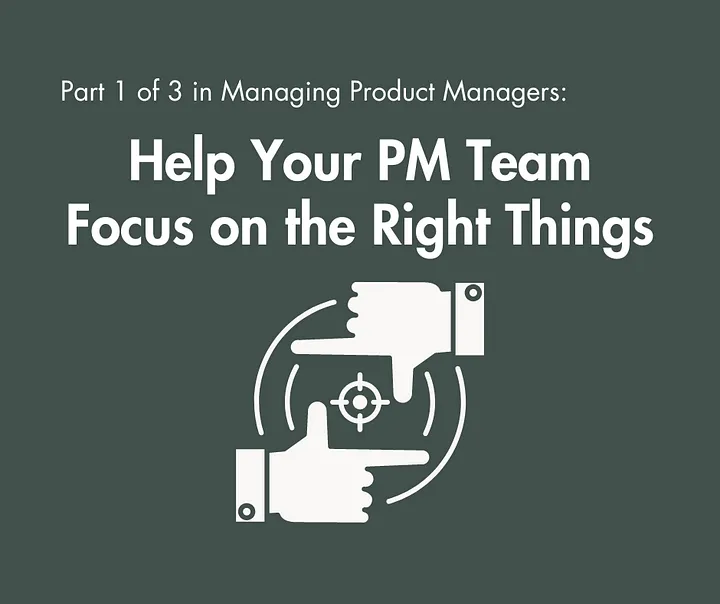
Managing Product Managers Part 1 of 3: Help Your PMs Focus on the Right Things
How to be an absolutely badass manager of product managers. Whether you’re the CTO, CPO, founder, or GPM, focus on these 3 pivotal areas to ensure your PMs thrive.
Hey there, PM whisperer! So you want to be an incredible manager of product managers? Well, you’re in luck. It’s as easy as 1–2–3! All you have to do is:
- 🔬 Help Them Focus on the Right Things
- 🧰 Set Them Up for Autonomy
- 💃 Coach Their Growth
Simple, right? (Cue hysterical laughter)
In reality, managing PMs is about as “easy” as herding cats while juggling flaming torches… underwater. But fear not! After nearly 15 years of building teams and businesses (from scrappy startups to industry giants like Trello and Atlassian) I’ve picked up a trick or two.
I’ve worn many hats: founder, product manager, consultant, coach, and even professional cat-herder (okay, that last one’s not official). I’ve mentored APMs into leadership roles, led 50M+ user products, and developed 3-year roadmaps that didn’t even end up as really expensive paperweights.
Whether you’re a CTO, CPO, founder, or GPM, this guide will help you navigate the wonderful chaos of managing product managers. We’ll dive into strategies that I’ve battle-tested across dozens of teams.
Ready to transform your PM team into a well-oiled, innovative machine? Let’s dive in!
🔬 Part #1 of 3: Help Them Focus on the Right Things
In the fast-paced world of product management, the ability to focus on what truly matters can make or break a product’s success. As a leader of PMs, your primary role is to help your team cut through the noise and zero in on the most impactful work. Let’s explore strategies to sharpen your team’s focus, ensuring they’re not just busy, but productive in ways that drive real value for your customers and business.
To Help Your PMs Focus on the Right Things We’ll Cover:
- 🗺 Provide the Problem Area & Context
- 🎯 Set Clear Nested Goals (And Hold Steady!)
- 🛡 Protect Their Focus
- 👂Enable Direct User Research
- ⚠️ Beware, the Re-Org
🚩 Red Flags That This Isn’t Going Well..
- PMs don’t seem to know what’s going on in the business.
- PMs are being asked to build specific features.
- Their goals don’t necessarily connect to the organization’s goals OR if they do, they don’t understand how.
- PMs rarely talk to customers, or hear from only a vocal/accessible minority.
- Their goals are changed frequently.
- They’re being asked to do all sorts of things without the ability to push back or set work in progress limits.
- They’re frequently moved from one area of the product/business to another.
🗺 Provide the Problem Area & Context
In my experience across various organizations, those that focus on identifying problems to be solved, rather than just assigning projects, consistently outperform their peers. This approach aligns perfectly with the Build → Measure → Learn loop essential for iterative development.
As a manager, it’s crucial to spend time up front explaining your goals and the context behind the features you’re requesting. If you’re simply demanding widgets from your product team, it’s likely they’ll have a very different idea from you of what they’re building and why. This misalignment can lead to wasted efforts and suboptimal outcomes.
Try this:
- Start with the “why”: Before diving into specifics, clearly articulate the business problem or opportunity you’re addressing and why it’s more important than other factors.
- Provide market context: Share relevant market trends, competitor moves, or customer feedback that inform the problem space that you’re aware of OR empower them to go do that research.
- Connect to company strategy: Explicitly link the problem area to broader company goals and strategies.
- Discuss constraints and resources: Be upfront about any limitations or available resources that might impact the solution space.
- Encourage questions: Foster an environment where PMs feel comfortable asking for clarification or challenging assumptions.
- Be transparent about financials: Share key business metrics regularly. You can’t expect your PMs to make sound commercial decisions without this visibility.
By providing comprehensive context, you empower your PMs to think critically about the problem space and come up with innovative solutions that truly address business needs.
🎯 Set Clear Nested Goals (And Hold Steady!)
Creating nested goals that align with the company’s strategic objectives is crucial. Nested goals help break down the company’s strategic vision into actionable tasks for product teams, ensuring their alignment and focus on solving the most critical problems. Trust your PMs to be subject matter experts and involve them in the goal-setting process. Their insights can be invaluable in creating realistic and impactful goals.
Try this:
- Start with company-level goals: Clearly define and communicate the organization’s high-level objectives.
- Break down to product-level goals: For each product, set goals that directly contribute to the company objectives.
- Create team-specific goals: Help each product team define goals that roll up to their product’s objectives.
- Set individual PM goals: Work with each PM to create personal goals that align with their team’s targets.
- Review and adjust regularly: Revisit these goals quarterly, but avoid frequent changes that can disrupt focus.
Atlassian excels at this! They establish high-level company goals, and then every one of their products and the product teams within have nested goals within that. This alignment provides excellent clarity and is incredibly motivating. Team members can easily see how their work on a particular team rolls up to the product and then up to the broader company vision.
Benefits of nested goals for your PMs:
- Increased alignment across teams
- Better support from other departments like marketing and customer support
- Clear purpose and direction in their daily work
- Easier prioritization of tasks and projects
🛡 Protect Their Focus
“Progress is inversely correlated to the number of initiatives you have.” Ed Biden
As a leader, one of your key responsibilities is to shield your PMs from distractions and help them maintain laser focus on their priorities. This is crucial for driving meaningful progress and delivering impactful results. Your role isn’t just to set direction, but to actively maintain that direction. By protecting your PMs’ focus and ensuring stability in priorities, you’re giving them the best chance to deliver exceptional results.
Try this:
- Limit active initiatives: Keep the number of priorities for each team small (1–2 major initiatives at a time). Progress is often inversely correlated to the number of initiatives you have in flight.
- “Not in scope” is magical: For every priority you set, clearly articulate what you’re choosing not to do. This powerful tool creates clarity, drives alignment, and helps teams resist scope creep. Make “Not in Scope” sections mandatory in goal-setting, product specs, and project plans.
- Buffer against interruptions: Be the gatekeeper for your teams. Filter out unnecessary distractions, whether they’re executives’ pet projects, internal requests, or non-critical customer feedback.
- Establish focus time: Encourage PMs to block out chunks of uninterrupted time in their calendars for deep work.
- Teach the art of saying “no”: Empower your PMs to push back on requests that don’t align with current priorities. Offer support when they need to decline or defer less important tasks.
- Regular priority check-ins: Ensure PMs are staying on track and haven’t been sidetracked by emergent issues.
- Maintain stability in priorities: Agility and adjusting because of true change within or outside of the organization is important. However, try not to change priorities too frequently. The more frequently you’re changing directions, the slower your progress will be.
🔎 Case Study: Rescuing Focus
I was once hired to help support an exhausted and frustrated engineering team and their inexperienced product team. I found this small team spread way too thin, routinely juggling work on nearly a dozen mobile and web applications plus about fifteen rotating client projects. As often happens, leadership had no idea the extent or impact of their lack of focus.
I initiated an audit of all product initiatives, facilitating a comprehensive prioritization process with the executive team. We strategically reprioritized, sunset underperforming apps, and sold others. By focusing our resources on the highest-value initiatives, we dramatically increased our ability to deliver impactful features and products. This experience proved that protecting focus sometimes requires bold, company-wide action and a willingness to make tough calls. You can do more by doing fewer things!
👂Enable Direct User Research
Listening well is crucial to being a great PM. It’s the foundation of understanding user needs and building products people actually want. Direct interaction with customers is invaluable. Encouraging PMs to conduct user research helps them understand customer needs and drive impactful work.
“User research helps you find out where you’re right and where you’re wrong as quickly as cheaply as possible before investing more.”
So many organizations I’ve worked with either do no user research at all or outsource it to a separate siloed team, or worse, an outside firm altogether. Like a bad game of telephone, the farther away from your customers you are, the worse and more convoluted your insights. Understanding your customers is your core competency. Don’t allow that to be outsourced. Whether I’m coaching individuals or consulting with an organization, helping them listen is usually one of my first big initiatives.
Want your PMs to build stuff users actually love? Get them talking to real customers. Regularly.
Try this:
- Clear the path internally: Help your PMs set up interviews, surveys, and focus groups with actual customers. Facilitate their collaboration with other internal teams, like joining sales calls or reviewing help tickets.
- Upskill your team: Teach them how to conduct effective user interviews and analyze feedback.
- Sharing is caring: Encourage PMs to share user insights across the org. It builds a shared context and leads to better collaboration. Win-win!
- Make it a habit: Set the expectation that PMs should talk to users routinely at various stages of feature development.
⚠️ Beware, the Re-Org
Re-organizations are common, especially in high-growth companies. However, role changes, even within the same company, can be productivity killers. They often lead to a loss of context, knowledge, and momentum.
Here’s the kicker: Research shows it can take 3–6 months for someone to reach full productivity in a new role, even in the same organization. That’s a lot of lost time!
If you’ve thoughtfully paired PMs with focus areas within the product, try to create stability in their role. Constant changes disrupt team dynamics, ongoing projects, and established relationships.
Remember: Stability is crucial for maintaining momentum and achieving long-term goals. Before you shake things up or move people around, ask yourself: Is this really going to solve our problems, or just create new ones?
Helping your PMs focus on the right things is the foundation of successful product management. It’s about providing clear context, setting nested goals, protecting their focus, and ensuring they’re connected to real user needs. As you apply these strategies, remember that every team and organization is unique. Reflect on how these ideas can be tailored to your specific situation. What’s one thing you can do today to help your PMs sharpen their focus? I’d love to hear your thoughts and experiences in the comments. And don’t forget to check out the next part of this series for more insights on setting up your PMs for autonomy!
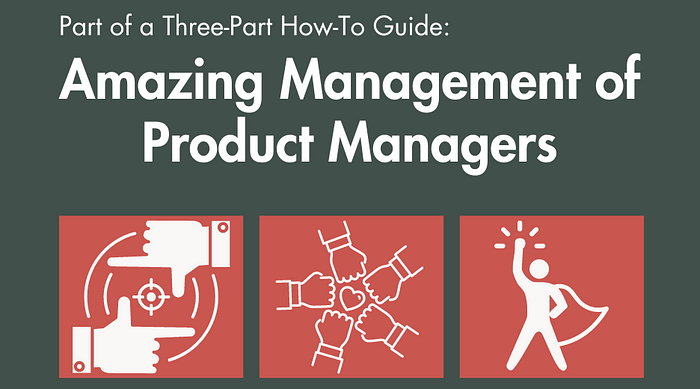
By the way, I’m currently on the lookout for new opportunities to lead and grow product teams. If you’re seeking someone to help your product organization level up, let’s connect!
I also want to give a huge shoutout and thanks to Ed Biden’s timely LinkedIn post about this. It and the comments definitely inspired a few of my points.
Written by Jessica Barnett



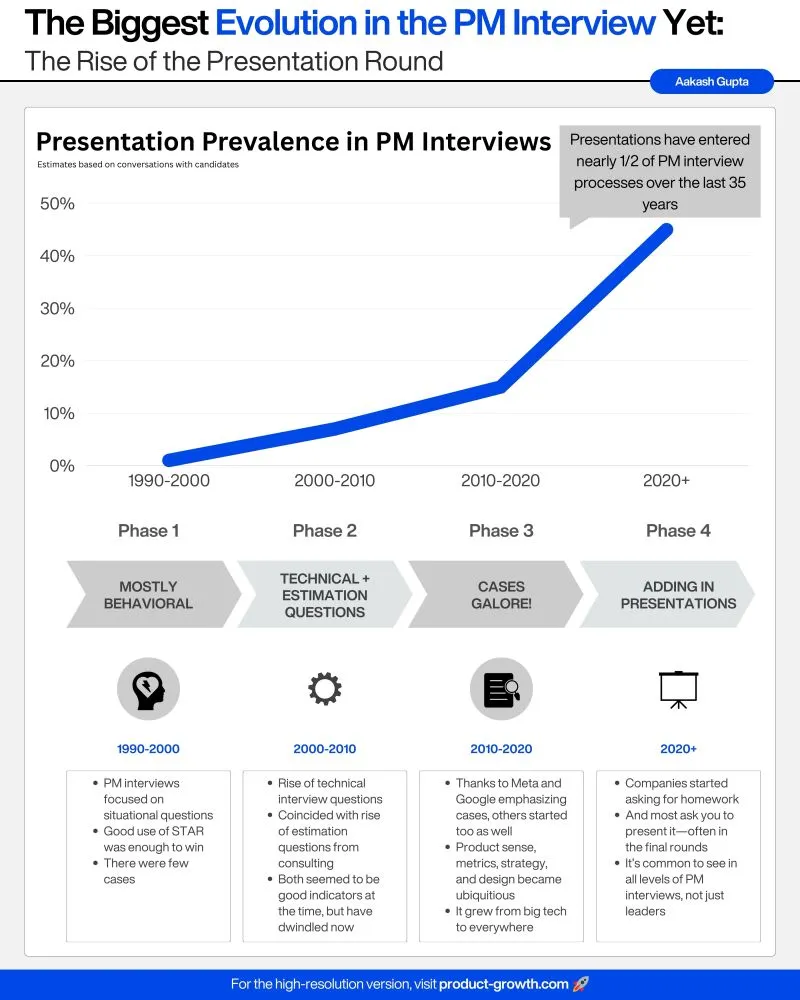
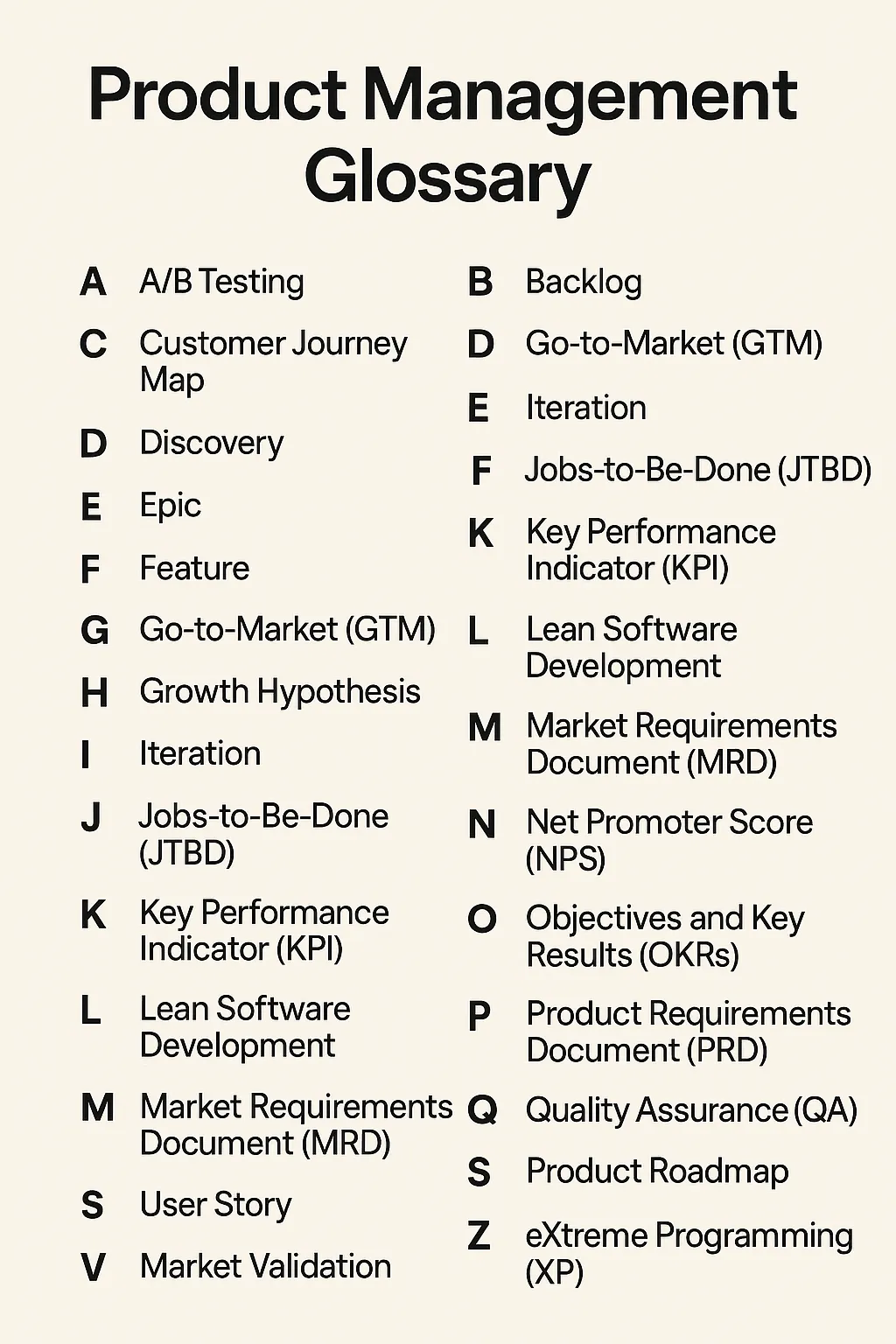

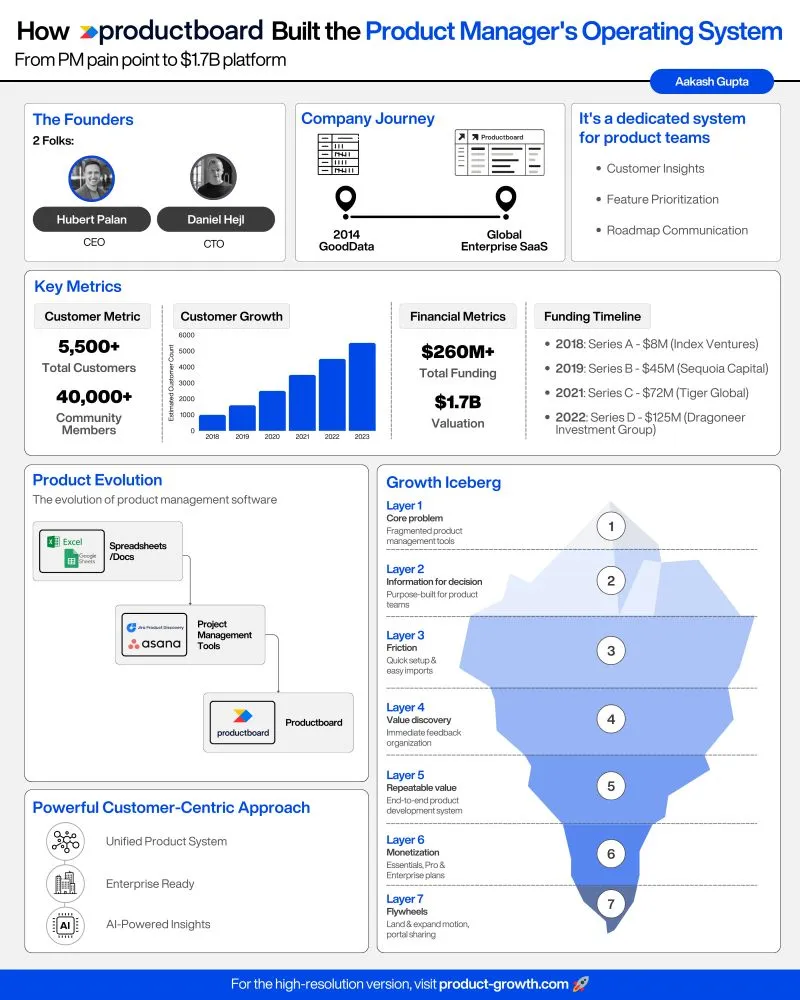


Comments ...
No Comments Yet ...Add One